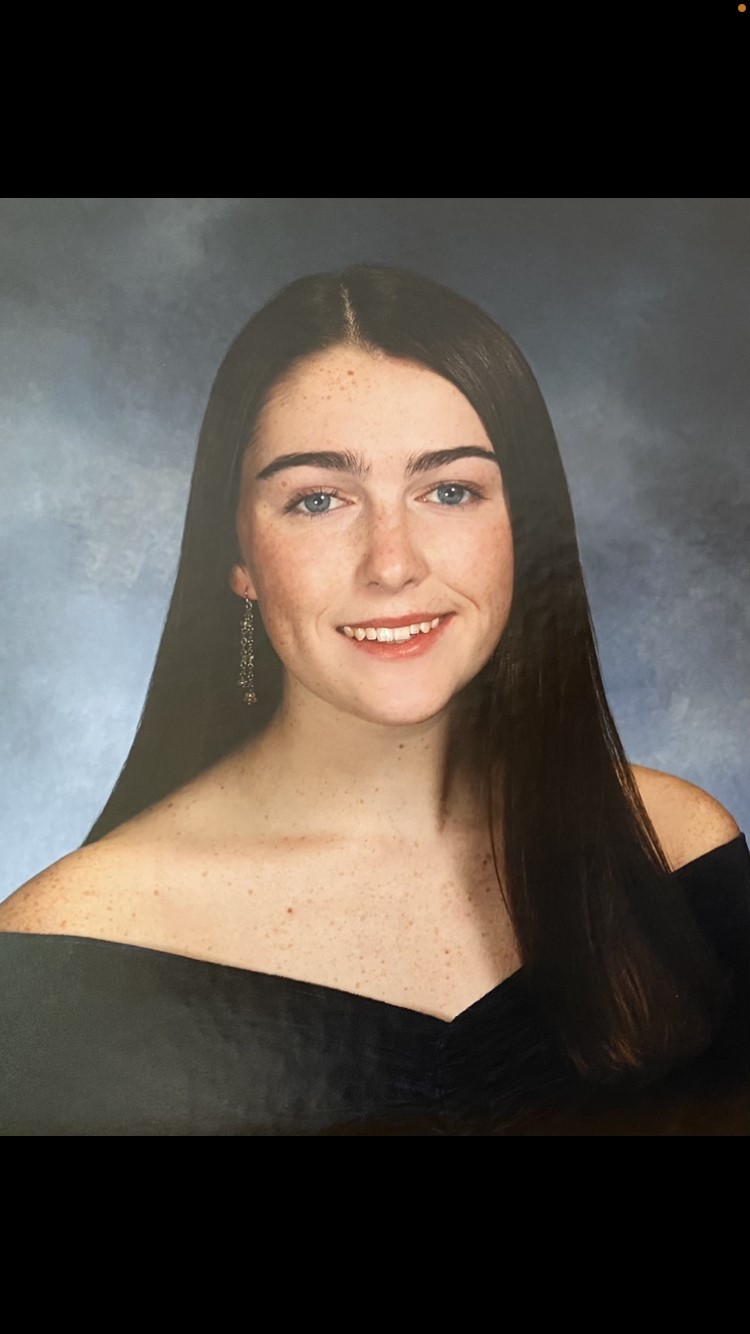Tissue Engineering
(K-404) Cell Migration Through Hydrogel Composites for Use in Peripheral Nerve Grafts

Kathleen Wooster (she/her/hers)
Student
Rowan University
Glassboro, New Jersey, United States- VB
Vince Beachley
Professor
Rowan University Dept. of BME, United States
Presenting Author(s)
Primary Investigator(s)
Peripheral nerve tissue damage, particularly nerve gaps in the limbs, typically requires surgical intervention for proper healing, unless they are very short (~2mm). Allografts and Autografts are the current surgical methods used to assist nerve repair. Allografts involve taking nerve tissue from a cadaver, while Autografts involve using nerve tissue from another part of the patient's body. However, these grafts have drawbacks such as difficulty in obtaining them, risk of infection, and potential complications. As a result, researchers are investigating implantable scaffolds to facilitate nerve fiber regrowth.
Hydrogel and nanofiber scaffolds are two common types of peripheral nerve scaffolds. Hydrogels mimic the natural cellular environment and possess mechanical properties similar to the body's extracellular matrix (ECM), making them ideal scaffold materials. Nanofibers, made from biocompatible polymers using methods like electrospinning, offer tunable mechanical properties and aim to enhance cell alignment during regeneration. While most studies focus on a single type of scaffold, our lab has developed a hybrid scaffold combining nanofibers and hydrogels, such as the one in Figure 1.
The porous nature of these polymers should allow cells to attach and migrate, but past experiments have yielded low cell attachment and infiltration into the hydrogel component of the engineered scaffolds. Figure 2a represents what successful cell migration into a scaffold would look like, while Figure 2b represents what actually occurred in-vitro. I aim to conduct exploratory studies on different hydrogel blends and methods of cell seeding for use in the peripheral nerve scaffolds.
Materials and Methods::
Materials:
- Gelatin Methacrylate (GelMe)
- Gelatin
- Igracure 2959 (Photo initiator)
- Arginine-glycine-aspartate (RGD Peptide)
- Dithiothreitol (DTT)
- Mesenchymal Stem Cells (MSCs)
- Cell Culture Media with 10% Fetal Bovine Serum (FBS)
Gel degradation testing
Composite hydrogel pucks, cured for 3 minutes under a UV light set to 10mW/cm2, were made in an 8mm diameter, 2mm height polydimethylsiloxane (PDMS) mold. 5 GelMe:Gelatin ratios (1:0, 2:1, 1:1, 1:2, 0:1) were tested, with finished pucks containing 5% v/w gel. Half were kept at 4˚C, the other half at 37˚C. After 24 hours, samples were measured, freeze-dried, and weighed to assess volume, mass, and density changes.
3D Hydrogel Cell Seeding
Hydrogel solutions were prepared at 5% w/v with GelMe:Gelatin ratios of 1:0, 2:1, and 1:1. Gels were combined with 10% FBS media, 12959, RGD for cell adhesion, and DTT non-degradable crosslinker. MCSs were passaged, counted, and added to half of each solution (1 million cells per mL), while the other half received an equal volume of media for dilution. Hydrogels were formed in PDMS molds with two interconnected 3mm circles (~1mm tall), as seen in Figure 1c. One circle in each mold received 12μl of hydrogel solution with cells, while the other received 12μl without cells. Curing was performed for 5 minutes under a UV light set to 10mW/cm2. The gels were kept in their molds with 1mL media each, and fixed and imaged at t=0, t=3, and t=7 days.
Results, Conclusions, and Discussions::
The ideal hydrogel blends for use in peripheral nerve scaffolds and cell seeding experiments are GelMe:Gelatin ratios of 2:1 and 1:1, with 1:0 as a control group. As seen in Figure 3a and 3b, these ratios show a decrease in mass and volume after 24 hours in the warm room, but little to no volume and mass changes after 24 hours in the cold room. They also do not fully dissolve after 24 hours and are still able to be handled. Ideal hydrogels must dissolve enough to increase pore size and allow cells to move more freely through the gel, but not so much that cells cannot adhere. It is also essential for hydrogels to have enough structure to assemble scaffolds and maintain fiber layer adhesion.
Successful cell seeding in hydrogels is represented in Figure 4. In a past iteration of the PDMS device used to form hydrogels, there was nothing to prevent the mixing of hydrogel with and without cells, so no characterization and migration analysis was possible. Experimental design was improved by using food dye to represent cells in hydrogel formation, which showed that 12μl hydrogel solutions on either side of a PDMS mold with connecting cylinders have the best separation between sides. Additionally, their 3mm diameter is an ideal size to be viewed under a microscope for analysis of cell migration in continuing experiments. This method is seen in Figure 5, with blue food dye representing cells.
Results of these experiments will inform another experiment involving different methods of manufacturing scaffolds with PCL nanofibers and cells seeded in hydrogels, so that cells will remain adhered to the hydrogels and may move through the scaffold.
Additionally, further experiments will be evaluating the use of decellularized extracellular matrix (dECM) from bovine tendon as hydrogels, which include more biological factors that promote cell growth. These gels will be used in cell seeding techniques similarly to the GelMe:Gelatin composite hydrogels, and possibly even included in future hydrogel composites.
Acknowledgements (Optional): :
References (Optional): :
